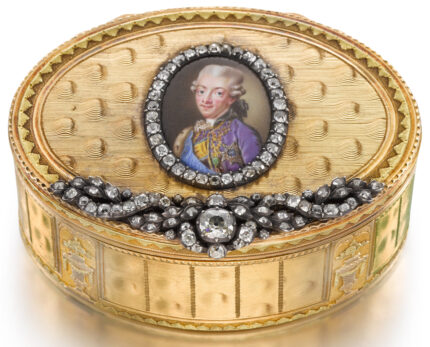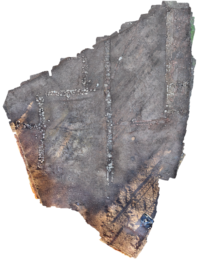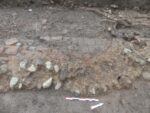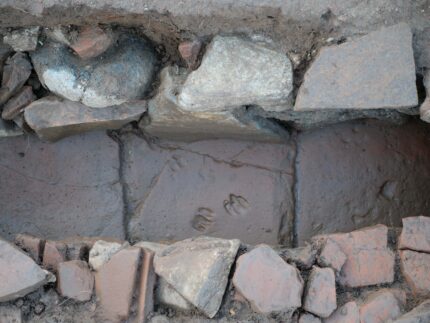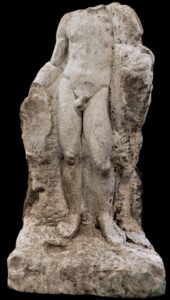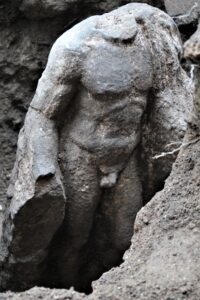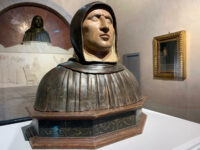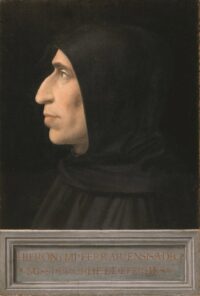The National Museum has acquired a unique jeweled gold box with an enamel miniature of King Gustavus III of Sweden. The portrait was made by court enameller Johan Georg Henrichsen and is one of very few surviving jeweled presentation portrait boxes from the Swedish monarch.
Jewel-encrusted portraits of the monarch were the most prestigious token of appreciation. The tradition developed at the French court in the 17th century and soon became a model for other European royal houses of the time. These portraits might take the form of a pendant or be mounted in a jewelled setting on the lid of a gold box. Queen Kristina was the first Swedish monarch to adopt this French fashion, which then flourished in the 18th century. Gustav III frequently handed out gold boxes as a sign of royal favour. Contemporary historical sources show that the king took a great personal interest in the design and gave detailed instructions. Sometimes the decoration consisted of his monogram in diamonds, and in other cases his portrait was framed with jewels.
Various specialist craftsmen collaborated to create the boxes. A silversmith would first produce the basic gold box, which would then be decorated by an engraver and adorned with gemstones by a jeweller. A miniaturist then added the portrait, while the case was produced by another specialist, often a bookbinder.
The gold box itself was an import. It was made in Hanau, Germany, by a master silversmith. It is oval and decorated on all sides by engine-turned guilloché waves and circles. The smith used two different colors of gold to give the patterns contrast and added a chased acanthus border to the edges. The edges were also chased with four cartouches of urns below scrolls.
Once the box arrived in Stockholm, Henrichsen added the king’s portrait in enamel based on a portrait by Lorens Pasch the Younger. A court jeweler added an oval border of diamonds around the portrait and a floral vine of diamonds to the base of the lid underneath the portrait.
Gustavus III presented it to John Mackenzie, 4th Lord MacLeod, upon his retirement from the Swedish Army in 1778. Mackenzie and his father had been avid supporters of Bonnie Prince Charlie in the Jacobite rising of 1745. He was captured after the Battle of Culloden in 1746 and charged with high treason. After two years, he agreed to give up all properties and rights to his ancestral Earldom in exchange for a pardon. He left Scotland and in 1750 took a commission in Swedish Pomerania as a mercenary. He served the Swedish crown with distinction for 27 years, ending his career as a lieutenant general and receiving the chivalric Order of the Sword of Sweden.
In 1778 he received a full amnesty and his properties were restored to him. He retired from service in Sweden to return to Britain, and the king gave him the precious gold box as a token of thanks.
It remained in the family for almost 200 years. The Mackenzie heirs sold it in 1969 and it passed through various hands before selling at auction at Sotheby’s London earlier this year for $220,000. The museum was able to buy it thanks to a donation from the Anna and Hjalmar Wicander Foundation. It will go on display in the National Museum’s Treasury alongside a miniature portrait of Mackenzie.
